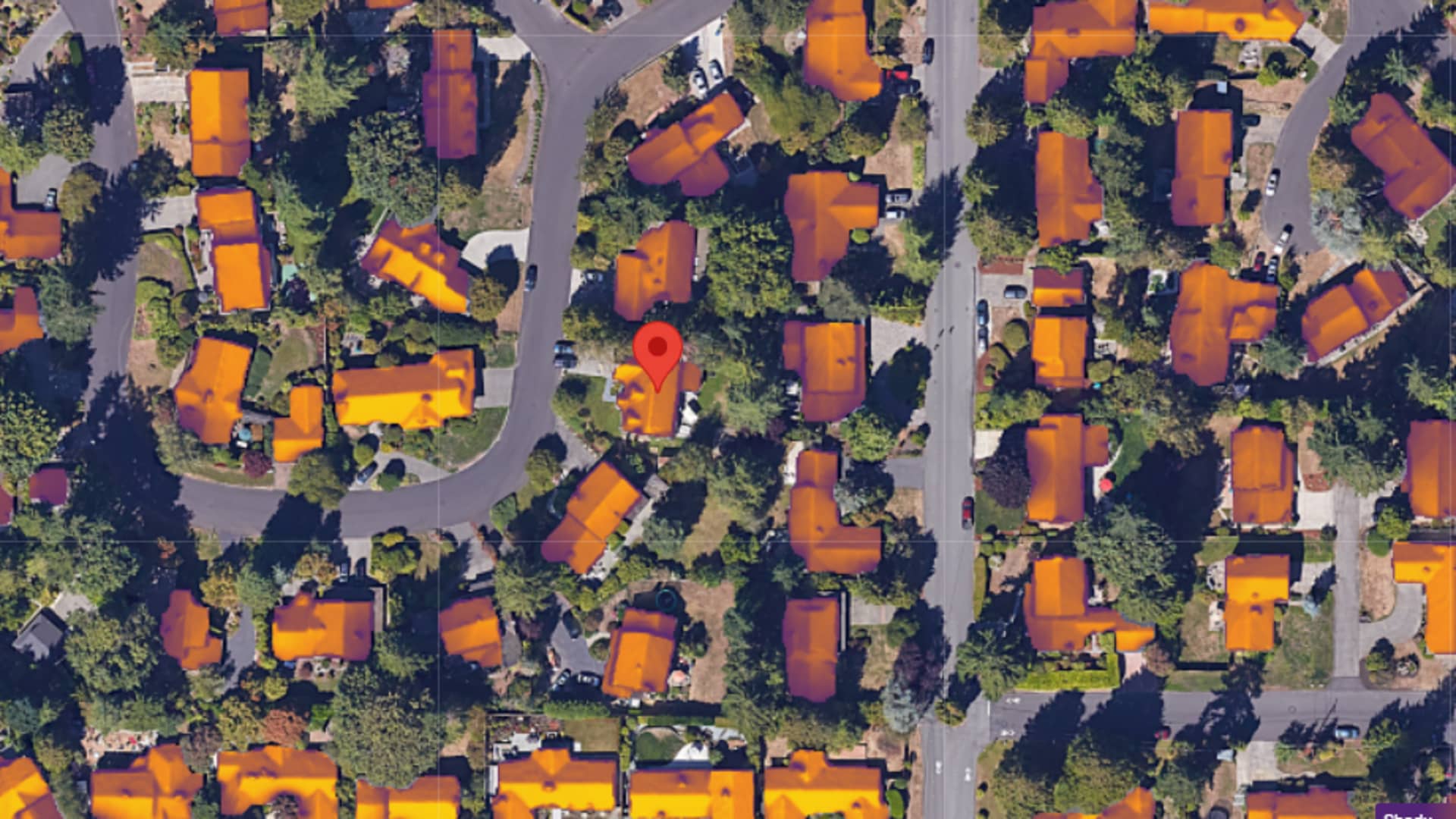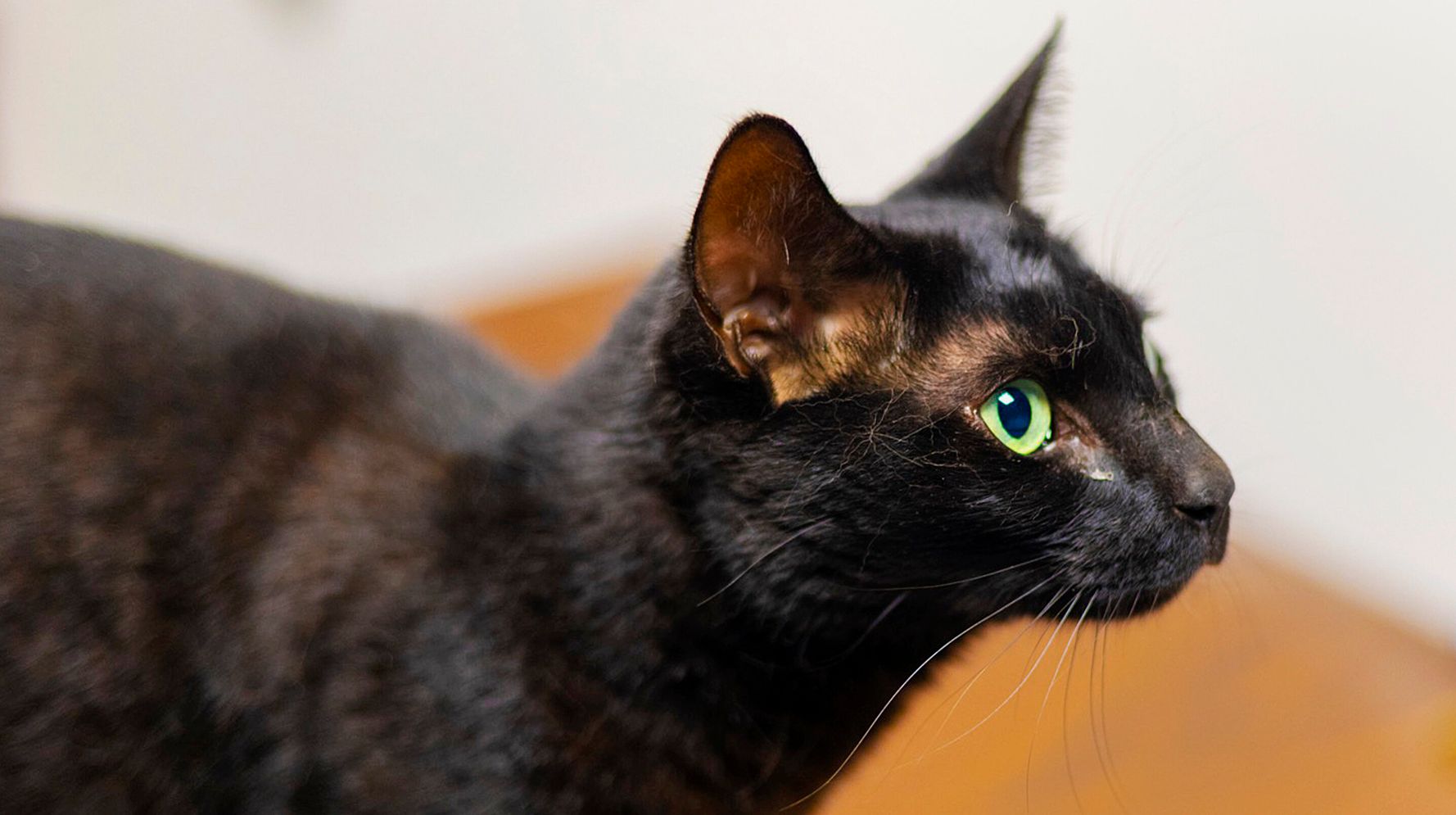
There are around 250 living kakapos on five predator-free islands in New Zealand
Lydia Uddstrom
To safeguard the critically endangered kakapo – a unique New Zealand parrot – the genomes of nearly all remaining individuals have been sequenced, providing vital information for conservation management.
The kakapo (Strigops habroptila) has several special traits. It is the heaviest parrot in the world, with some males exceeding 3 kilograms, and is thought to have the longest lifespan, up to 90 years. It is the only parrot species that can’t fly, instead climbing trees or foraging on the ground to find food like nuts and seeds.
The green-coloured birds were once widespread throughout New Zealand, but were almost completely wiped out by introduced predators like cats and rats. The 250 or so individuals that are still left are managed by New Zealand’s Department of Conservation in partnership with Maori groups on five predator-free islands.
The small population size makes it challenging to prevent inbreeding. Individual kakapos are often switched to different islands to try to increase the overall population’s genetic diversity, which is important for adapting to future threats. However, until recently, it has been difficult to know exactly which ones to relocate.
To assist these decisions, Joseph Guhlin and Peter Dearden at the University of Otago in New Zealand and their colleagues have sequenced the whole genomes of around 90 per cent of the kakapos alive today.
The Department of Conservation is now using this information to decide which individuals to move to other islands based on their levels of genetic relatedness, says Guhlin. “It means they can prioritise translocations to increase the chance of mating between less closely-related individuals,” he says.
The department also used the information to pick four individuals to try reintroducing to New Zealand’s North Island last month, after an absence of more than 50 years. The chosen individuals had fairly standard genomes, meaning “they could afford to go because they weren’t carrying rare genetic variations”, says Dearden.
Sequencing the kakapos’ whole genomes allowed the researchers to identify certain genetic variants that are associated with fitness traits like the number of eggs they lay, the growth rates of their chicks and their disease susceptibility. This information could potentially be used to identify individuals with higher “genetic merit” that may be used for strategic mate-pairings in the future if needed, or to identify vulnerable individuals that require greater care, says Dearden.
The conservation of other critically endangered species may also be improved by sequencing the genomes of all individuals within their populations, especially as the cost of sequencing comes down, says Guhlin. “We’re hoping this can serve as a blueprint to others,” he says.
Topics:

























































